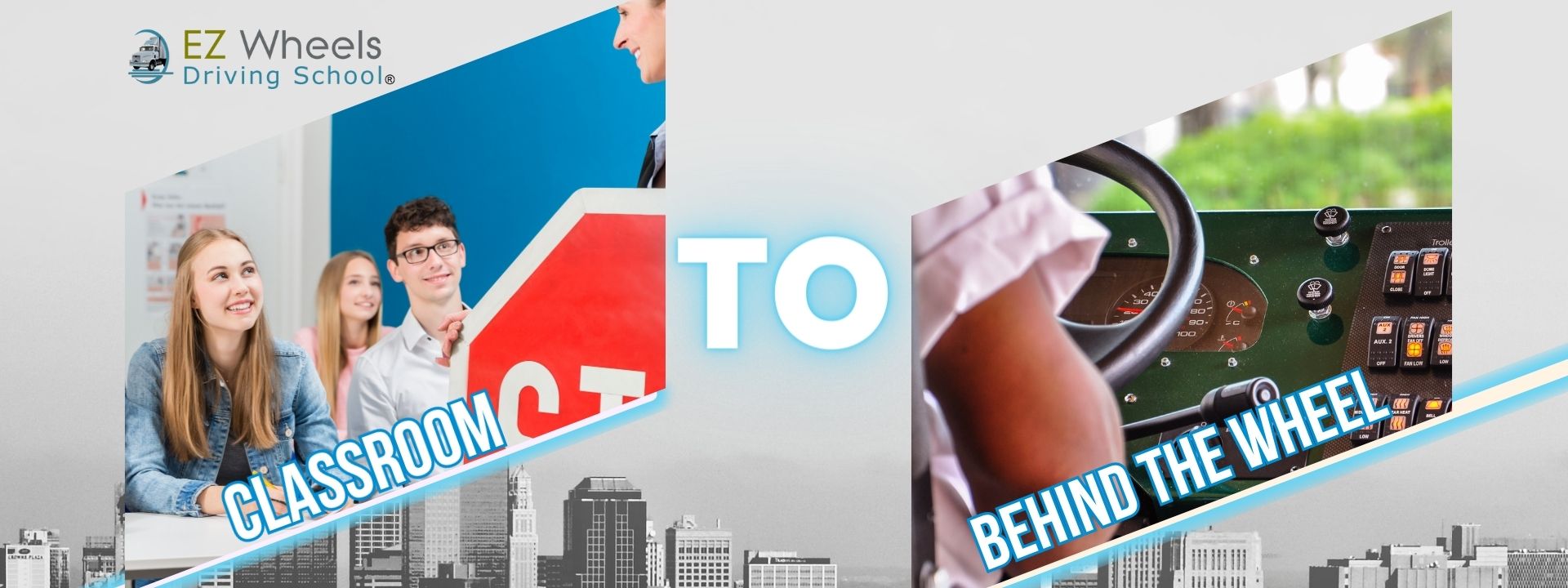
The Ultimate Guide to Bus Driver Training:
From Classroom to Behind the Wheel
Are you in charge of training new bus drivers? If so, you know that the process can be quite a challenge. It takes a blend of classroom instruction and on-the-road experience to turn confident class attendees into licensed, safe operators. Fortunately, this comprehensive guide is here to help! Read on for all the best tips and tricks to ensure your trainees are fully prepared both inside and outside of the classroom. From lesson topics and handouts to teaching maneuvers – we’ve got everything you need to formulate a successful bus driver training program.
Overview of Bus Driver Training and What to Expect
Bus driver training is an exciting and informative experience that will prepare you for your new career on the road. From mastering the vehicle’s controls to navigating the city streets, you’ll gain the skills and knowledge you need to keep your passengers safe and comfortable. During training, you can expect to receive both classroom instruction and hands-on practice behind the wheel. You’ll learn about traffic laws, vehicle inspections, and how to handle emergencies. And don’t worry if you’re feeling a little nervous at first – the instructors are there to support you every step of the way. By the end of your training, you’ll be ready to hit the road with confidence and become a pro behind the wheel!
An In-Depth Look at the Classroom Training Portion
Are you curious about what goes on during the classroom training portion? Well, you’re in luck! Let’s take an in-depth look at this exciting part of the learning journey. This is where you get to interact with your classmates and teacher in a face-to-face setting. You’ll have the opportunity to engage in discussions, receive immediate feedback, and deepen your understanding of the subject matter. Plus, you get to network with fellow learners who may become valuable professional contacts later on. All in all, the classroom training portion is an essential component of any learning experience. So, get ready to sharpen your skills and broaden your knowledge!
Pre-Trip Inspections and How To Perform Them
Before hitting the road, taking a few minutes to perform a pre-trip inspection can save you from troubles down the line. Not only is it a legal requirement for commercial drivers, but it also ensures that your vehicle is safe and in good working condition. To get started, make sure to check all the lights, tires, brakes, and windshield wipers. Don’t forget to look under the hood and inspect the engine, belts, and hoses. If you notice anything out of the ordinary, be sure to get it fixed before embarking on your journey. Remember, a little bit of prevention goes a long way. So, take the time to perform a pre-trip inspection and drive safely!
Practicing Defensive Driving Strategies
Being behind the wheel of a car can be both liberating and stressful. You have the freedom to go wherever you want, but you also need to focus on the road and be aware of other drivers. This is where defensive driving strategies come in handy. Practicing techniques like maintaining a safe distance from other vehicles, scanning the road ahead, and being prepared for unforeseen situations can make a huge difference in your safety on the road. It’s important to remember that defensive driving isn’t just about protecting yourself. It’s also about being considerate of other drivers and making the roads a safer place for everyone. So, next time you’re driving, keep these strategies in mind and enjoy the ride with a little more peace of mind.
Preparing for Emergency Situations and Learning Standard Protocols
Emergencies can happen at any time, and being prepared is the best way to handle them. It’s important to learn standard protocols for different emergency situations, such as natural disasters, medical emergencies, and fire outbreaks. Luckily, there are many resources available to help you prepare and stay safe. You can take first aid and CPR classes, put together an emergency supply kit for your home and car, and create an emergency plan for your family. Learning these protocols and preparing for emergencies can give you peace of mind knowing that you’re ready for whatever unexpected events come your way. Stay safe and be prepared!
Driving on the Road and Final Evaluations by Your Instructor
Driving on the open road can be a thrilling experience, but it can also be nerve-wracking, especially when you know that your evaluator will be monitoring your every move. However, don’t let that get in the way of enjoying yourself and focusing on the road. Remember, your instructor is there to help you become the best driver you can be. So, pay attention to their feedback and use it to improve your driving skills. Whether it’s correcting your posture or adjusting your speed, take all their advice seriously. With every evaluation, you are one step closer to becoming a more confident and competent driver. So, go ahead and hit the road with enthusiasm, and ace that final evaluation with flying colors!
In conclusion, bus driver training is no joke. From learning defensive driving strategies to driving on the road and undergoing final evaluations by your instructor, this process requires a deep level of commitment to ensure that every participant learns the ins and outs of becoming an efficient, safe bus driver. Even so, all the hard work is worth it in the end as all participants gain valuable knowledge about how to drive a bus, practice pre-trip inspections, understand what to do in emergency situations, and ultimately become successful bus drivers. Whether you’re just starting out or want to brush up on your skills, this post should help educate you on what undertaking bus driver training entails and give you a better understanding of each step involved in the process.
